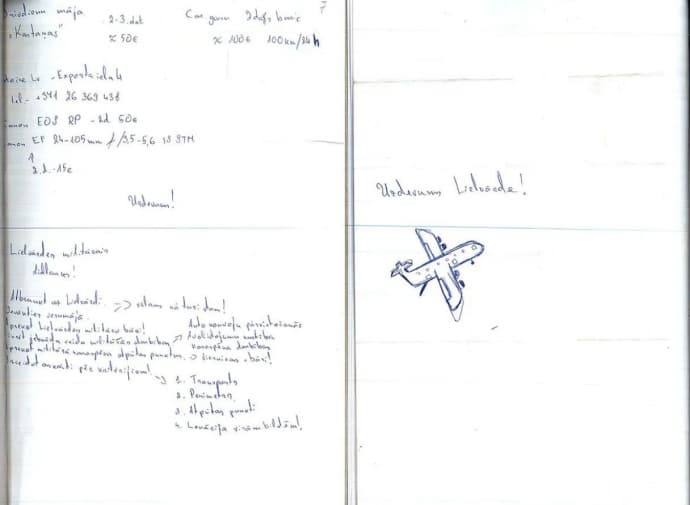Media report examples of saboteurs working for Russia in EU – photo
Pro-Russian saboteur networks have become more active in Eastern Europe. People are often recruited via Telegram, and many of them are Ukrainians. Source: a joint investigation by NGL.media with journalists from RE:Baltica (Latvia), FRONTSTORY.

Pro-Russian saboteur networks have become more active in Eastern Europe. People are often recruited via Telegram, and many of them are Ukrainians.
Source: a joint investigation by NGL.media with journalists from RE:Baltica (Latvia), FRONTSTORY.PL (Poland) and Delfi.ee (Estonia)
Details: The journalists told about a network of Russian agents exposed in Poland, Latvia and Estonia.
Poland
The report notes that the agents recruited through Telegram are trying to disperse to different countries. There are many Ukrainians among them.
In particular, they mention the name of Ukrainian Maksym Leha, who, together with 13 other Ukrainians, two Belarusians and a Russian, created a sabotage organisation that was planning to blow up a railway line that transported military equipment from Europe to Ukraine: "The group consisted mainly of young people. None of them had any previous troubles with the law. None of them had anti-Ukrainian views."
The Leha's activities were supervised by "Andrii". He is considered to be the commander and the main recruiter. He distributes tasks, introduces members to each other, and provides payment.
"Andrii" introduced Leha to 19-year-old Artem Averba. They carry out tasks together and recruit others, usually friends or people they know.
The group completed at least 500 "tasks" in Poland. The saboteur received money for each of the "tasks".
In December 2023, the Lublin court sentenced 14 of the 16 defendants. Maksym Leha and Artem Averba received the longest sentences of six years each. The Polish security services say that the network could have included more than ten people who have not been identified.
On 9 January 2024, Poland's internal security agency announced the detention of Belarusian woman Daria Astapenko, who allegedly used to work for the KGB (Committee for State Security of the Soviet Union). Evidence of cooperation with Belarusian services since 2017 was found on her phone.
Another saboteur was arrested at the end of the same month. He was suspected of organising arson attacks on a paint factory in Wrocław. Two more Belarusians and a Pole were detained in May 2024, suspected of preparing arson attacks in Warsaw, Pruszków and Pomerania.
Were they all recruited via Telegram and were part of Russian agents? This is still being established in Poland.
Latvia and Estonia
A possible sabotage in Latvia was planned at the Lielvārde Air Base, where military aircraft, including American Black Hawk helicopters, are stationed.
A note with precise instructions on what to photograph at the airfield and how to react in case of a failure was found near the airfield. On the back of the note, you can see a drawing of an aircraft made by a child's hand.

The lost note helped the Latvians to find a network of saboteurs organised by Russian services, which, among other things, set fire to a building in Kyiv a month before Russia's full-scale invasion of Ukraine.
The Estonian security service detained 13 people in 2024 for desecrating several national memorials and vandalising the cars of the Interior Minister and a journalist.
Two men tried to set fire to the Museum of Occupation in Latvia in February, and an IKEA supermarket in Lithuania caught fire in May.
Last year in Poland, a group of saboteurs were convicted of spying for Russia and planning to blow up a railway line carrying assistance to Ukraine.
A man with dual Estonian and Russian citizenship was caught on the Latvian-Belarusian border in January 2024 throwing paint on national memorials in Latvia and Lithuania.
Arsonists who attacked the Lithuanian IKEA were arrested in Poland. In May, nine Russian spies involved in sabotage plans in the Baltic States and possibly Sweden were arrested in Poland.
Support UP or become our patron!



